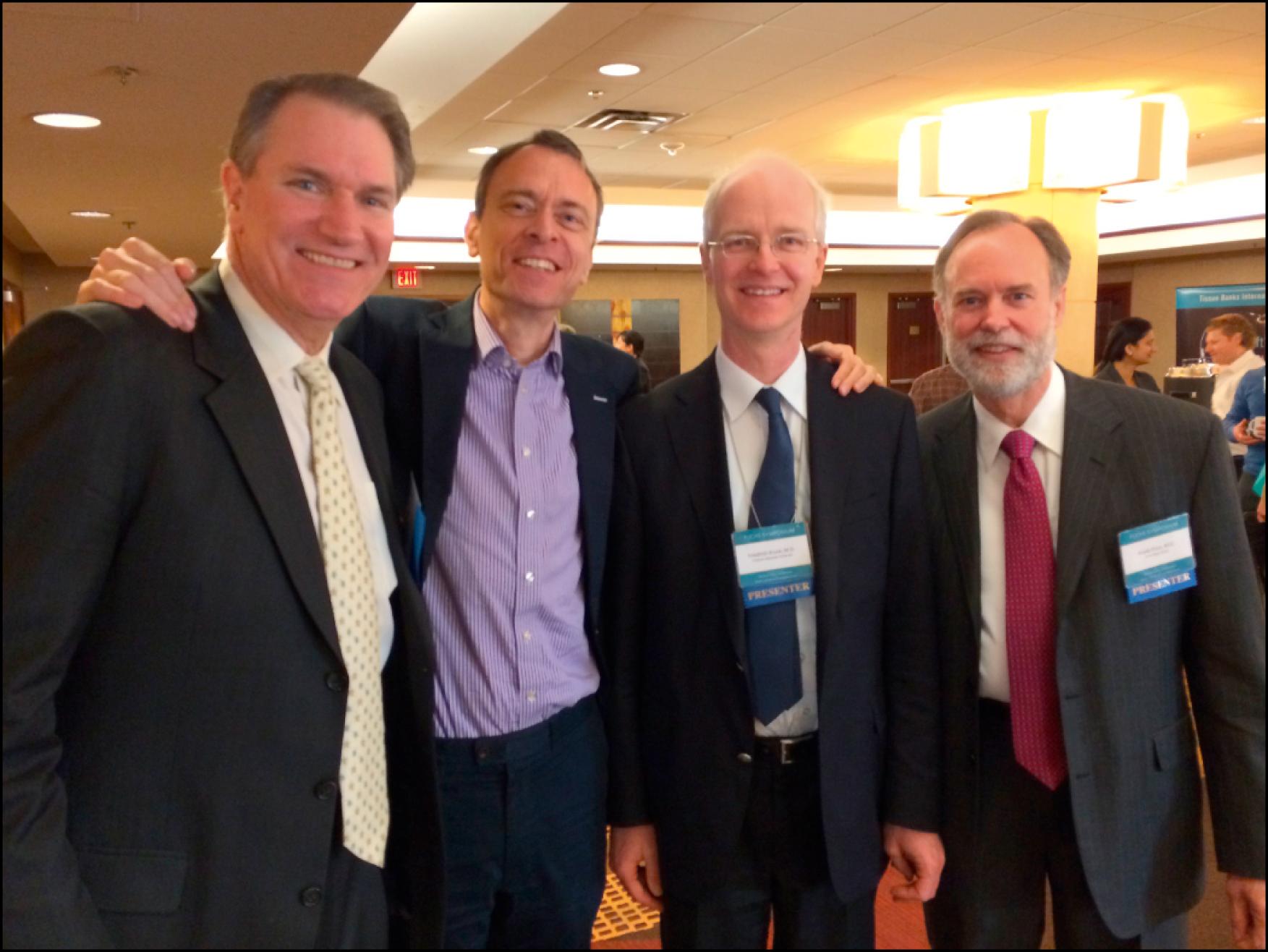Physical Address
304 North Cardinal St.
Dorchester Center, MA 02124
During the 20th century, replacement of the endothelial layer for patients suffering from corneal edema was accomplished by performing a full-thickness penetrating keratoplasty (PK). This anatomically nonselective method provided a clear corneal window for vision but required corneal sutures to close the fragile, vertical wound of trephination. Despite months and years of healing, PK often left the patient with distortions due to irregular, high astigmatism and an inherently unstable wound with the increased long-term liability of globe rupture from minor trauma.
The introduction of endothelial keratoplasty (EK) ushered in a paradigm shift in the approach to endothelial replacement surgery. Over a short period of 20 years, the partnership of surgeons and eye bank professionals would allow pure anatomic replacement procedures that yielded dramatically faster wound healing, a near normal tectonic strength globe, reduced graft rejection rates, and an unprecedented quality of vision for transplant patients. This is a history of the people and events that have made EK the dominant surgical treatment for corneal edema ( Table 127.1 , Fig. 127.1 ).
| 1956 |
| Charles Tillett (USA): Publishes first case of posterior lamellar keratoplasty with a flap technique |
| 1998 |
| Gerrit Melles (Netherlands): Cadaver eye and animal work first describing a limbal pocket approach to posterior lamellar keratoplasty technique (PLK) |
| 1999–2002 |
| Buddy Culbertson (USA), Dimitri Azar (USA), Massimo Busin (Italy), Jose Guell (Spain): Report cases of flap technique for PLK and call it, respectively: ELK, Microkeratome assisted PK, EKP, and PLK. |
| 1999 |
| Gerrit Melles (Netherlands): First case of limbal pocket approach for posterior lamellar keratoplasty (PLK) |
| 2000 |
| Mark Terry (USA): First cases of deep lamellar endothelial keratoplasty (DLEK) |
| 2002 |
| Gerrit Melles (Netherlands): Description of “Descemetorhexis” and cadaver work on replacing Descemet membrane alone |
| 2004 |
| Gerrit Melles (Netherlands): Reports first cases of “Descemetorhexis PLK” |
| 2005 |
| Frank Price (USA): Re-names procedure as Descemet stripping endothelial keratoplasty (DSEK) and reports results of first 50 cases |
| 2006 |
| Mark Gorovoy (USA): Use of microkeratome for graft preparation—Descemet stripping automated endothelial keratoplasty (DSAEK) |
| Gerrit Melles (Netherlands): Case report describing Descemet membrane endothelial keratoplasty (DMEK) |
| 2009 |
| Mark Terry (USA): Development and use of first eye bank processed, “pre-cut” donor tissue for DSAEK |
| 2009–2015 |
| Gerrit Melles (Netherlands), Frank Price (USA), Friedrich Kruse (Germany), Mark Terry (USA): Separately develop and publish standardized techniques for DMEK |
| 2013 |
| Shigeru Kinoshita (Japan): Reports first clinical use of ROCK inhibitor for medical treatment of Fuchs corneal dystrophy |
| 2017 |
| Kathryn Colby (USA): Descemet stripping only (DSO) for Fuchs corneal dystrophy |
| Gregory Moloney (Australia): Use of ROCK inhibitor to rescue failed DSO in Fuchs corneal dystrophy |
| 2018 |
| Jonathan Lass (USA): Corneal Preservation Time Study: first prospective, randomized, masked, multicenter, national study of EK (DSAEK) |
| Mark Terry (USA): Development and use of first eye bank processed, “pre-loaded” donor tissue for DMEK |
| Marian Macsai (USA): First prospective study of DSO with and without ROCK inhibitor drops |
| Shigeru Kinoshita (Japan): Results from 11 patients with corneal clearance after anterior chamber injection of cultured corneal endothelial cells and ROCK inhibitor treatment |

Jose Barraquer first described a method of selectively replacing diseased endothelium in his surgical drawings. In his description, a square anterior corneal flap was created, a circular trephine was used to excise the posterior tissues, the donor posterior tissue was placed, and then the flap was sutured into place. There is no record that Barraquer ever performed this procedure. The first clinical report of posterior lamellar keratoplasty (PLK) was in 1956 by Charles Tillett of Charlotte, North Carolina. Dr. Tillett similarly created a flap using a 180-degree limbal incision and anterior stromal dissection. The posterior stromal tissue was trephinated, replaced with a similar-sized donor tissue sutured in place, and then the overlying flap was also sutured. Amazingly, this delicate microsurgery was performed without the benefit of a surgical microscope. Tillett only reported one clinical case, and it successfully cleared the edema of the overlying recipient cornea; however, the patient subsequently lost all vision due to glaucoma.
Nearly 40 years after Charles Tillett’s report, clinical work on PLK began anew. The microkeratome was now a familiar tool for corneal surgeons doing LASIK surgery and was adopted for creating the anterior flap of PLK. Now with faster, easier, and more precise surgery than what Barraquer and Tillett had ever imagined, surgeons developing this flap technique of PLK renamed it. Buddy Culbertson from Miami, Florida, called this surgery “endothelial lamellar keratoplasty” (ELK), Dimitri Azar of Boston called it “microkeratome assisted posterior keratoplasty,” Jose Guell of Barcelona retained the name as “posterior lamellar keratoplasty” and Massimo Busin of Italy called it “endokeratoplasty” (EKP). Despite the efforts of these and other talented surgeons, the flap technique of PLK required corneal sutures and trephinated wounds. These inherent factors plagued the flap technique with postoperative problems of irregular astigmatism and wound leaks. Although initially defended in later debates as superior to the early precursers of modern EK, the flap technique was ultimately abandoned due to poor results.
Become a Clinical Tree membership for Full access and enjoy Unlimited articles
If you are a member. Log in here